
A residential energy storage system is primarily designed to store surplus power generated by solar panels by reserving it in a battery bank for easy access to the home at any time. When the sun shines brightly during the day, the solar photovoltaic modules produce a large amount of energy, which the battery can store to ensure power at night or the other cloudy or rainy day.
With the capability of optimising the use of electricity, the energy storage battery ensures the efficient operation of the entire system. Also if there is a sudden power-off, for example, drawings in the desktop computer that are not saved in time, fresh food in the refrigerator that melts and may spoil, etc., a residential enefrgy storage system can maintain power continuity in such situations in a very short response time.
Nowadays, household energy storage systems are gaining a higher penetration rate, accepted and loved by the public, which protect the environment and at the same time conserve energy and generate sustainable power.
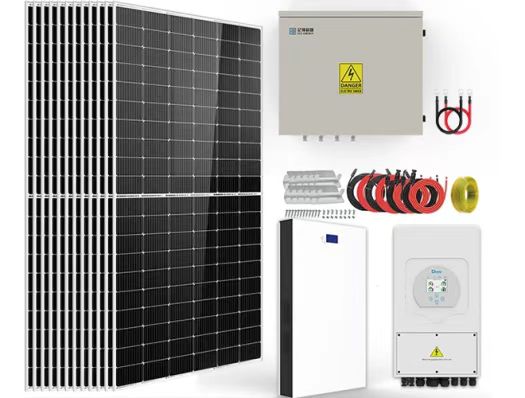
1. Photovoltaic panels (single/double-glass monocrystalline silicon solar panels or foldable unibody panels)
2. Grid-connected/off-grid inverter (its main function is to invert the DC power from the PV modules and energy storage batteries into AC power for home loads)
3.WIFI module or 4G/5G module (it may differ slightly for different countries)
4. The household energy storage battery (categorized into rack-type, cabinet-type and wall-mounted, according to the customer’s own power consumption)
The photovoltaic energy storage technology can not only solve the problem of unstable output of photovoltaic power station through appropriate charge/discharge control, but adopt intelligent control strategy to bring certain profits to users. PV energy storage system can be divided into grid-connected energy storage system, off-grid energy storage system and micro-grid energy storage system. Hereby it mainly introduces how to design the household grid-connected energy storage system:
Grid-connected systems are characterised by the fact that they can either be operated grid-connected or run separately to supply power to important loads when the grid is disconnected. It is applicable for scenarios such as unstable power systems, self-generated electricity that cannot be fed into the grid, and self-consumption electricity that is more expensive than feed-in electricity. The system is generally comprised of a photovoltaic array composed of solar cell modules, a grid-connected inverter, an energy storage battery pack, household loads, and the power grid.
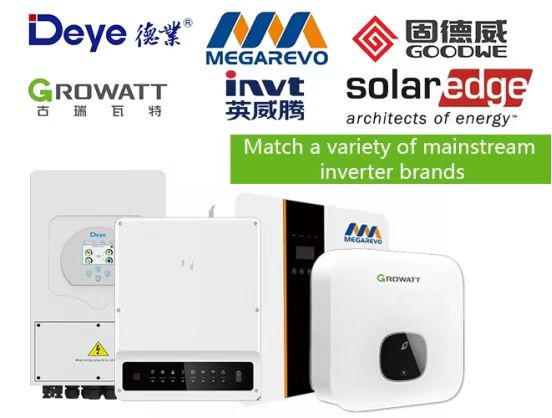
1. Determine the power of the grid-connected inverter according to the load type and power:
Household loads are generally separated into inductive loads and resistive loads. Loads with motors such as washing machines, air conditioners, refrigerators, water pumps, range hoods, etc. are inductive loads. The starting capacity of the motors is 5-7 times of the rated power, and the starting capacity of these loads has to be taken into account when calculating the power of the inverter. The output power of the inverter should be larger than the power of the load.
However, for general households, considering that all the loads cannot be turned on at the same time, the sum of the load power can be multiplied by a factor of 0.7~0.9 in order to save costs. ECE Energy’s grid-connected inverter is suitable for small and medium-sized photovoltaic energy storage systems, featuring UPS function (switching within 10ms), appealing appearance, compact structure, simple installation, and supporting for types of monitoring.
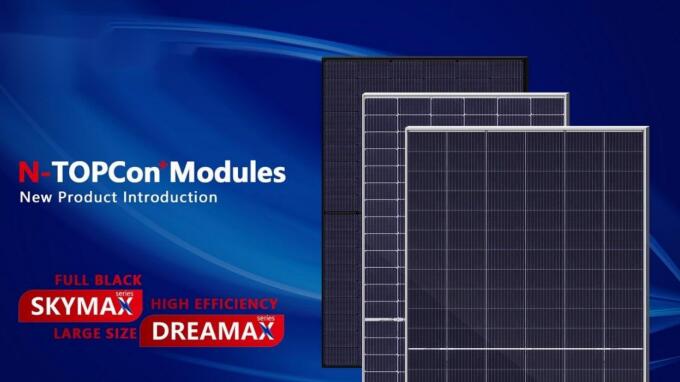
2. Confirm the PV module power according to the electricity consumption and light conditions:
The design principle of the solar panels is to meet the daily power consumption of the load under average weather conditions, which means that the full-year power generation of the solar module should be equal to the annual power consumption of the load. Since weather conditions are below and above the average with uncertainty, solar modules are designed to basically meet the electricity needs of daily average solar hours.

3. Finalize the capacity of energy storage battery based on the expected power consumption:
The main function of the energy storage battery is to store electrical energy to ensure the normal operation of the load without light and access to the power grid.
Its design mainly incorporates the capacity design and calculation, and the combination design of the battery pack in series and parallel. As for designing the capacity, the DoD(Depth of Discharge) of the energy storage battery should be considered, which generally reaches 80%-90% for lithium batteries. If taking lithium as the cell, the energy storage battery needs to be compatible with grid-connected inverter via the BMS protocol.
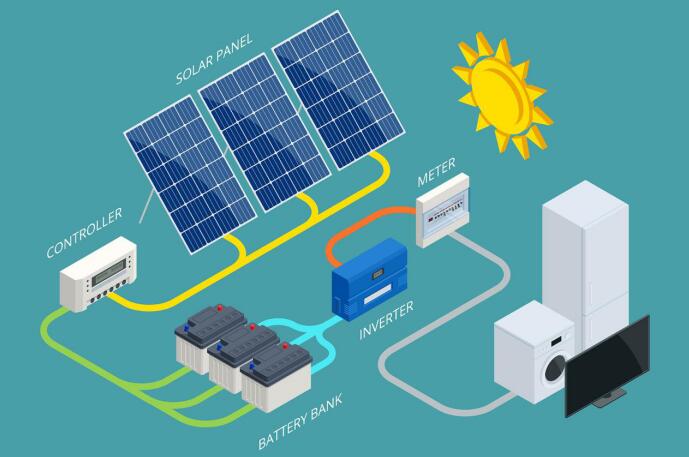
1. In the morning: when the light intensity is relatively weak, low energy production couldn’t meet high energy demand; at sunrise, the solar panels begin to produce energy, however not enough to meet the energy needs of the morning; the energy storage system initiates the battery to discharge the stored electricity for powering home appliances.
2. At noon: when the light intensity turns the strongest, highest energy production by the solar panels far surpasses low energy demand. The energy generated by solar panels peaks during the day, however, energy consumption is very low without any one at home, so most of the energy produced is stored in the energy storage battery.
3. In the evening: with quite low light intensity, low energy production encounters high energy demand. The highest daily energy consumption is at night while the solar panels produce little or no energy, so the residential energy storage system will dispatch the energy produced during the day to satisfy the energy needs.
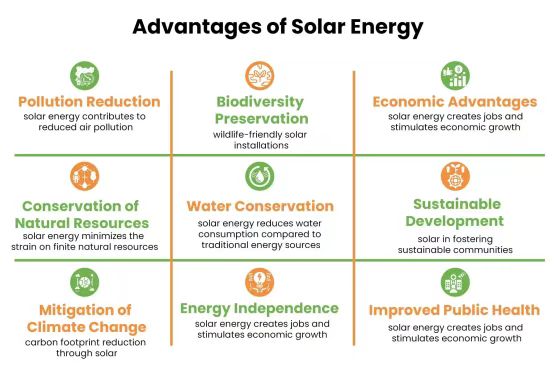
1. Reduce carbon emissions: decrease pollution and demand on the grid that relies on coal and natural gas.
2. Cope with the surge in electricity consumption and avoid power cuts: currently, it has become a trend for some households to install central air-conditioning, lay underfloor heating, purchase new energy vehicles, and install charging piles, which has led to an upsurge in household electricity consumption. On the other hand, with the surge in social power consumption, power outages may occur during the peak period of electricity consumption, or under the extreme weather such as typhoons, thunderstorms and blizzards, thus the installation of residential energy storage system can handle the surge in electricity consumption and back up as the emergency power.
3. Maximise PV self-generation and self-consumption rate: PV energy storage system can supply PV power to the load in priority, and the excess power will be stored in the battery, so that when the PV power generation is insufficient or at night, the battery discharges to power the load to improve the PV system's self-generation and self-consumption, realizing energy self-sufficiency.
4. Cut electricity expenses by analyzing time-sharing tariffs: The energy storage system can control the charging and discharging time of the battery in line with the peaks and valleys of the power grid to gain more dividends later on.

Globally, the extension of residential energy storage systems will emerge as the norm in all the countries and regions due to factors such as energy crisis, high electricity costs and weak power grids. For the domestic market, with the deepening contradiction between installed PV capacity and absorption, the increasing penetration of new energy vehicles, charging piles and other equipment, as well as the growth of household electricity consumption, ECE Energy will follow the trend of development of household PV energy storage systems, and offer one-stop customised solutions of residential energy storage systems for more households at home and abroad to minimise their electricity bills, by probing into the composition of the local electricity tariffs, step tariffs, and peak/valley tariffs.
Install photovoltaic energy storage systems for your own home or company to save money and stabilize electricity consumption
Find a stable and reliable factory to assist you in expanding the market locally
Professional technical team and reliable energy storage products to provide a guarantee for your engineering project